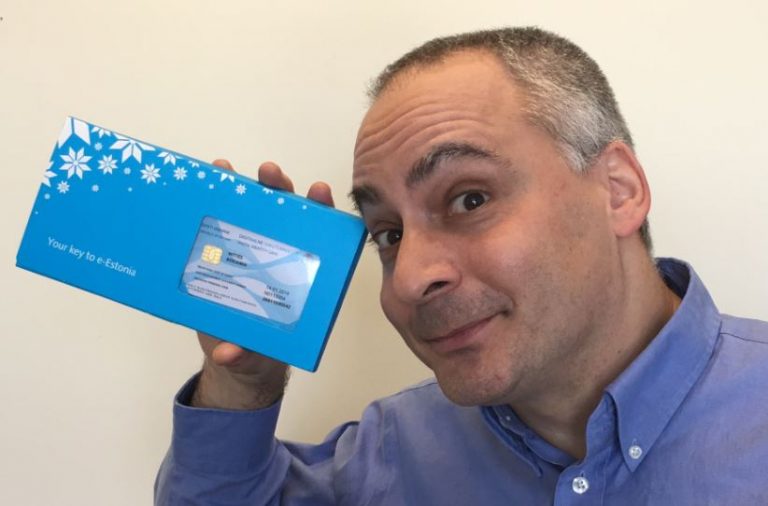What is Hot Work Permit – How to Fill Out Hot Work Permit
Hot work permits are needed for all cutting or welding activities that are conducted with portable gas or arc equipment or involve soldering, grinding, or any other similar activities producing a spark, flame, or heat on University of Arizona construction projects.
Hot work (like Welding, soldering, thawing pipes) can create significant hazards that put workers, those around them, and the premises itself in danger.
In particular, it can pose a major fire risk. A stray spark from certain hot work, such as welding or soldering, can easily ignite combustible materials and cause serious harm to the building and people involved.
Therefore, your workplace must establish a suitably tailored safe working system for hot work before people carry it out. More specifically, it will need to prepare a permit to work.
To create a permit for hot work, you must understand the risks that it poses and what control measures are necessary for mitigating these risks. This is crucial, as the safety precautions for hot work require a consistent application and proper training.
A permit for hot work ensures that everyone fully understands their responsibilities and that the work does not proceed without proper authorization and safety systems in place.
What is Hot Work Permit

A hot work permit is a permit that is needed in some countries, and on some job sites, in order to perform work that involves a source of ignition when flammable materials are in the vicinity or that can be considered a fire hazard.
For instance, Welding, soldering, cutting, and brazing are all considered hot work, as is grinding and drilling in the presence of flammable materials
A hot work permit allows employers to maintain safety and control over potentially hazardous hot work operations.
The hot work permit system reinforces to workers the safety requirements of their work situation.
Under the hot work permit system, a firewatcher is required to oversee a hot work site for at least 30 minutes after the completion of the job.
Most fires associated with hot work start after the job has been completed as a result of smoldering sparks.
Common types of hot work include:
- Welding, brazing, and soldering.
- Grinding and cutting.
- Thawing pipes.
- The use of open flames, blow-lamps, and torches.
- Using bitumen and tar boilers.
- The use of hot air blowers and lead heaters.
How Does the Hot Work Permit System Work?

Before a contractor can perform hot work for a University of Arizona construction project they need to get a hot work permit. To get a permit, the person requesting the hot work permit must go to the Risk Management Services website (this website).
From this page of the website go to the sidebar on the right side of this page and click, Hot work Permit and Shutdown Request. After completing the Hot Work Permit request form, click “send” at the bottom of the form.
An email will be sent to RMS Fire Prevention and FM Fire Safety. RMS will review the permit and contact the applicant if there are questions or concerns. If there are none, RMS will respond to the request by email, including the permit number in the response.
The email with the permit number is the permit.
The hot work permit and the Fire Safety Precaution Checklist must be posted at the hot work job site for the duration of the work.
The contractor may then perform the hot work, following the precautions outlined on the Fire Safety Precaution Checklist, and filling out the checklist.
After the hot work is completed, the contractor turns the permit over to their UA Construction Project Manager.
How Long Does Hot Work Permit Last
The duration of a hot work permit is limited to 30 days. These are guidelines. If there are conditions unique to the project or activities a contractor will be performing, exceptions can be made. Contact your UA Construction Project Manager for information.
In filling out the Hot Work Permit Request form, the applicant puts in the starting date and time, and the ending date and time. That period needs to fit within the 30-day limit.
Hot Work Permit Checklist
This check must be on-site at all times while hot work is proceeding
Before the Work
- Cutting and/or welding equipment must be thoroughly inspected and found to be in good repair, free of damage or defects.
- A multi-purpose dry chemical, portable fire extinguisher must be located such that it is immediately available to the work and is fully charged and ready for use.
- At least one fire alarm pull station or means of contacting the fire department (ie site telephone) must be available and accessible to person(s) conducting the cutting/welding operation
- Floor areas under and at least 35 feet around the cutting/welding operation must be swept clean of combustible and flammable materials
- All construction equipment fueling activities and fuel storage must be relocated at least 35 feet away from the cutting/welding operation.
Where applicable, the following precautions will also be taken before the work begins:
- Combustible floors must be covered by fire resistant shields (fire retardant plywood, flame-proof, tarpaulin, metal, etc.).
- Sparks/slag catchers (fire retardant plywood, flame proof tarpaulins, metal, etc.) must be suspended below any elevated cutting/welding operation.
- All floor and wall openings must be covered to prevent sparks/slag from traveling to other, unprotected areas.
- Containers in or on which cutting/welding will take place must be purged of flammable vapors.
During/After the work inspections
- Person(s) must be assigned to a fire watch during and for at least 30 minutes after all cutting/welding ceases.
- Fire watch person(s) are to be supplied with multi-purpose dry chemical, portable fire extinguisher and trained in its use.
- A fire alarm pull station or means of contacting the fire department (i.e. site telephone) available and accessible to fire watch person(s).
During/After the work
The location where this work will take place has been examined before the start of cutting/welding operations and all the appropriate precautions have been taken. Responsible party to sign under Signature 1 for each date
The work area and all adjacent areas to which sparks and heat might have spread (including floor levels above and below and on the opposite sides of walls) were inspected 30 minutes after the cutting and or welding operations ceased for the day and were found to be fire safe.
Responsible party to sign under Signature 2 for each date.
Date__________ Before______________________ After______________________
Date__________ Before______________________ After______________________
Date__________ Before______________________ After______________________
Date__________ Before______________________ After______________________
Date__________ Before______________________ After______________________
Date__________ Before______________________ After______________________
Date__________ Before______________________ After______________________
Date__________ Before______________________ After______________________
Date__________ Before______________________ After______________________
Date__________ Before______________________ After______________________
Date__________ Before______________________ After______________________
Date__________ Before______________________ After______________________
Date__________ Before______________________ After______________________
Date__________ Before______________________ After______________________
Date__________ Before______________________ After______________________
Date__________ Before______________________ After______________________
Date__________ Before______________________ After______________________
Summary
Jobs like electric arc welding, brazing, gas soldering, and oxygen-acetylene cutting and welding require hot work permits to be issued by the Fire Marshal, Safety Engineer, or Maintenance Manager before work begins.
Hot Work Permits are issued for a specific job, for a specific time frame, to a specific person.
All necessary equipment must be on-site and in good working order before work begins.
A fire watch must be present for the duration of hot work and for at least 30 minutes after work is done.
A fire inspection must be conducted by the person doing the hot work before leaving the job site.
Hot work Permits are to be returned to the person who issued them.





